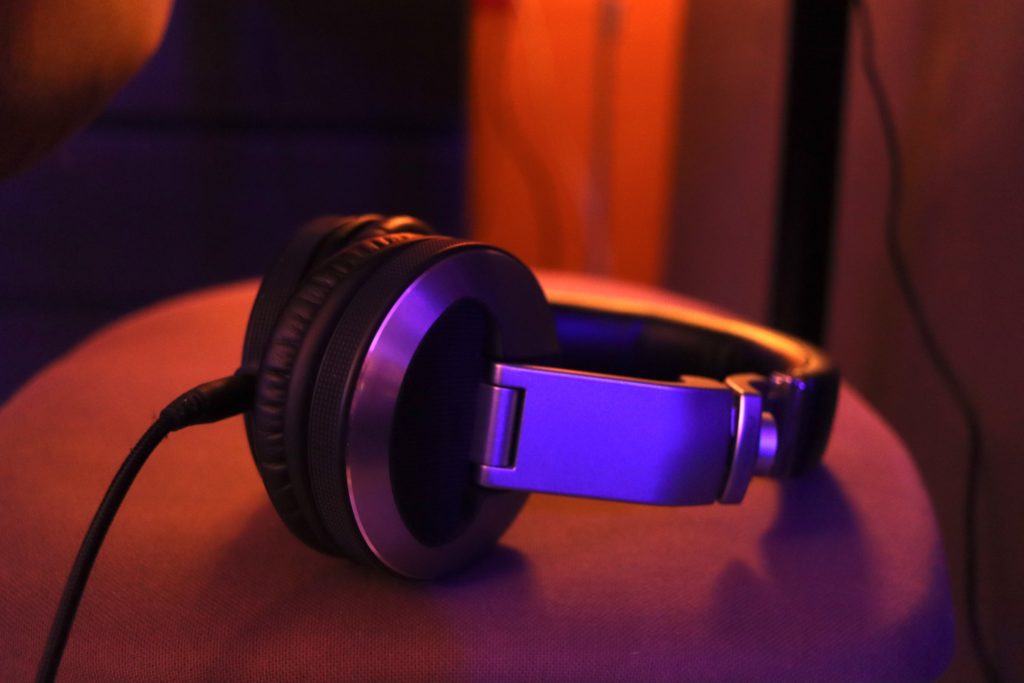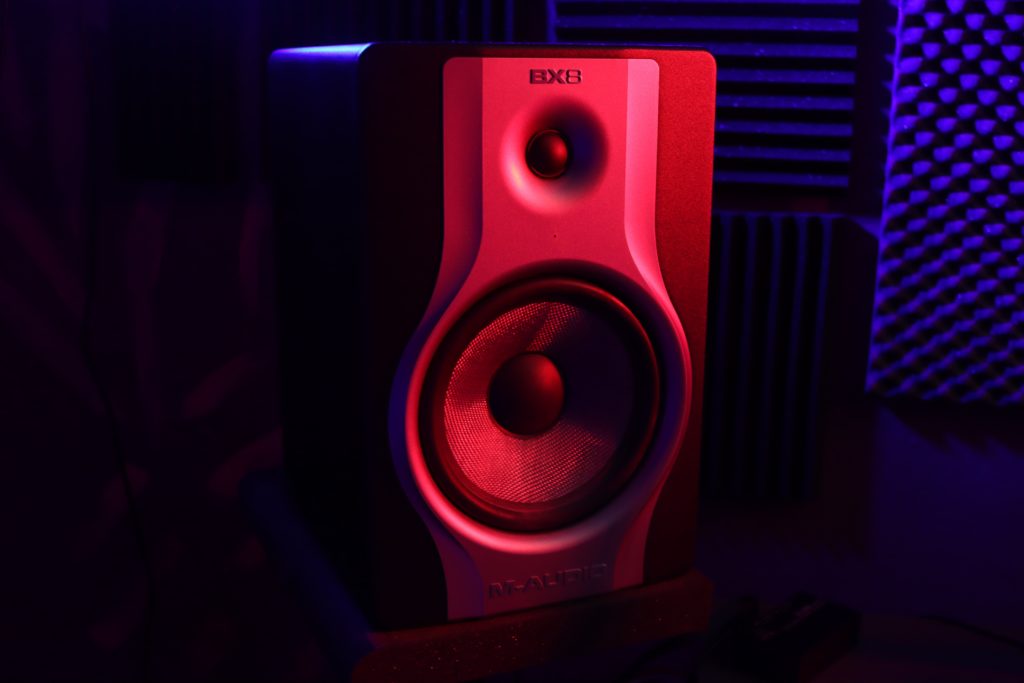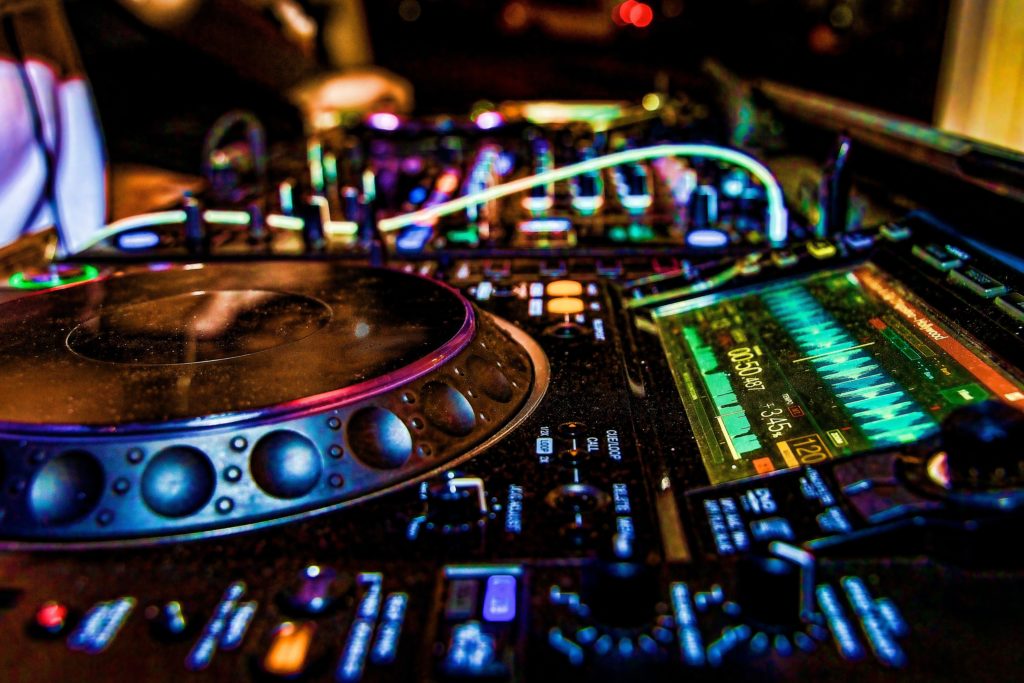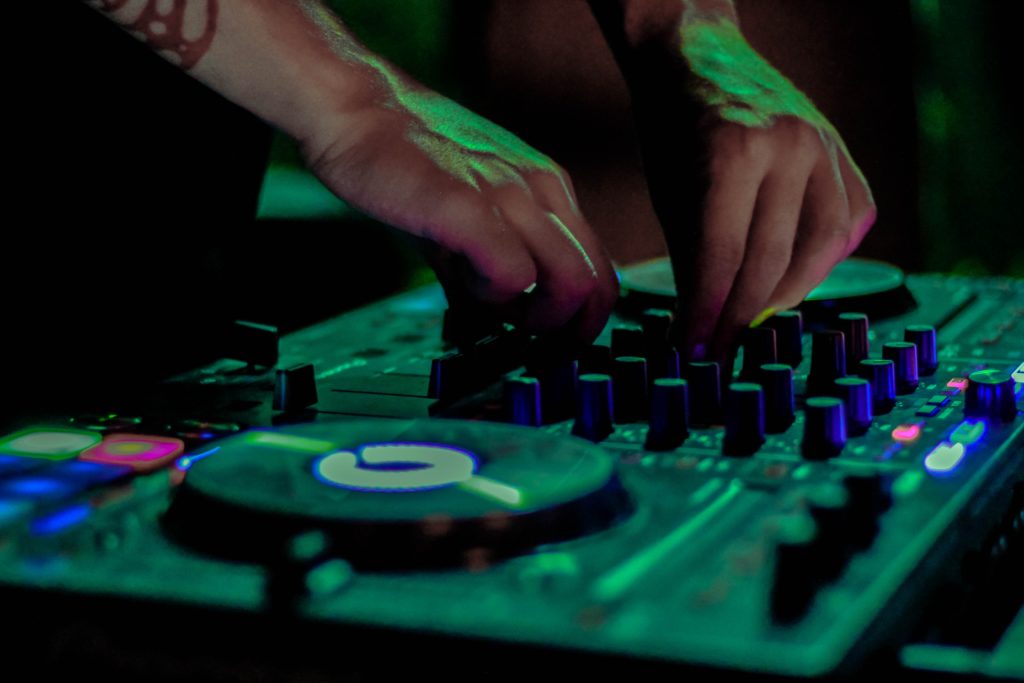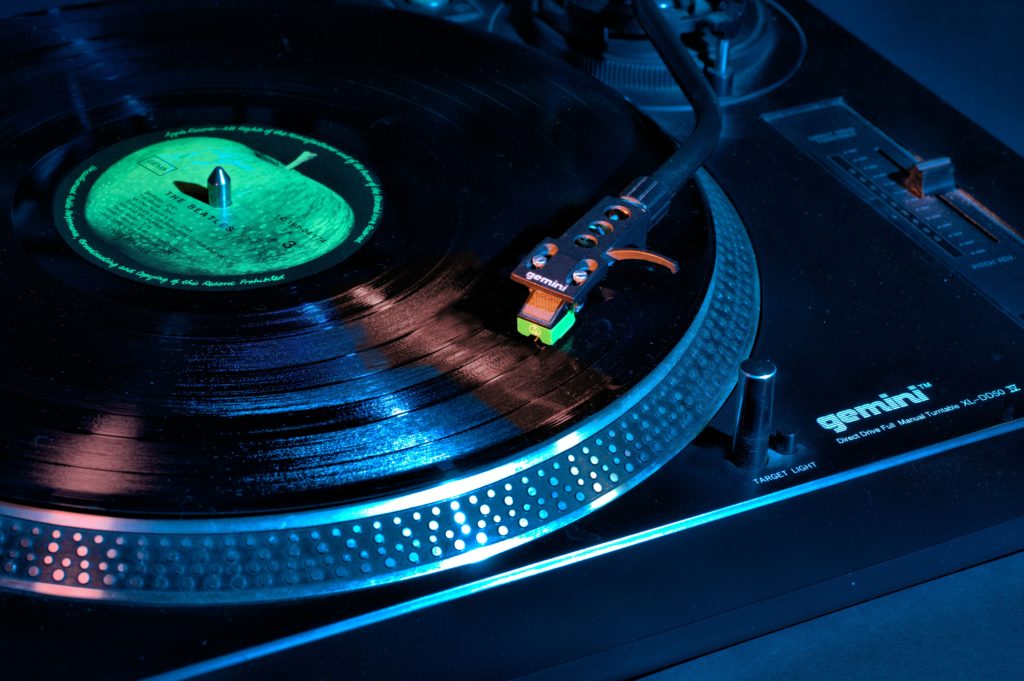Getting to know new songs, artists, and albums is what we mean when we talk about music discovery. The greatest content, however, may be difficult to find, as any music lover worth their salt will tell you. With so many new releases coming out every day, it becomes challenging to keep up with everything.
At this point, the technologies used for discovering new music become crucial. There are more options than ever before to discover new music that motivates you, provided that you are aware of how to seek it.
The purpose of this post is to provide you with a breakdown of the six top music discovery applications, websites, and technological tools that will assist you in finding your next favorite tune.

Spotify
The most popular streaming service in the world is none other than Spotify. The large music archive that it had was important in bringing forth the revolution of streaming. However, a significant contributor to Spotify’s success has always been the company’s capacity to maintain customer engagement by introducing them to new music that they like.
Because of this, the Spotify ecosystem has some of the music discovery mechanisms that have received the most attention in recent years.
Spotify makes use of its vast stockpile of user data in order to attempt to play you the appropriate music at the appropriate moment. This includes its discovery feeds, which are algorithmically selected, as well as its extremely influential editorial playlists.
To listen to the Spotify algorithm’s recommendations for what to play next, you just need to activate automatic play. Not only that, but the song, album, and artist radio features of the site are also a great method to construct immediate playlists of information that is connected to a particular piece of music.
Last but not least, the Release Radar feature of Spotify allows you to keep track of whether or not the artists you follow have released new music. Nevertheless, it is essential to keep in mind that the suggestion features of Spotify are derived from the listening behavior data that the company collects from its customers. So, it won’t show you anything that isn’t already popular on the platform in terms of listening patterns.
For instance, it might be a bit of a pain for artists and genres that have been around for a while or aren’t really busy right now (hey, here’s a new musician for you—The Animals!).
Despite this, if you are not using Spotify, you are missing out on significant tools that are used for discovering new music.

Bandcamp
Bandcamp is the indisputable home of do-it-yourself musicians on the internet, and it is possible that it contains more music that has never been heard before than any other platform on the web. During the latter part of the 2000s, the website made history by enabling artists to establish “pay-what-you-want prices” for digital downloads while retaining a sizable share of the revenue generated from their sales.
Since that time, it has been the platform of choice for artists who want to self-release their work and do not participate in digital distribution. The middle of the 2010s saw the launch of an ambitious editorial initiative by Bandcamp, which was designed to assist in exposing the finest of the collection.
The feature, formerly known as Bandcamp Daily, was designed to facilitate the discovery and exposure of one-of-a-kind new releases as well as the contextualization of these releases within important musical niches.
subsequent acquisitions, despite the fact that it had almost universal popularity. In the year 2023, the newly acquired company SongTradr was known for laying off over half of its unionized personnel.
Nevertheless, in spite of the unfortunate news, the large archive and the editorial team that is still in place continue to assist in introducing new music to new audiences.

ChatGPT
Listen to me out on this one, even if it may seem a bit unusual. ChatGPT is one of the most effective methods to find new music, provided that you are able to utilize it in the appropriate manner. It is quite possible that you have access to Custom Instructions if you are a professional user.
These may assist in customizing the manner in which GPT-4 reacts to your prompt, ensuring that you get answers to your inquiries that are more helpful. It is possible that you may need to adjust the way you think about music suggestions in order to get the most out of them.
Make an effort to ask ChatGPT directly what it is that you would want to hear. It is important to not be scared to ask for details that may seem out of the ordinary, since GPT-4 will do its best to propose anything! ChatGPT is one of the most effective methods to find new music, provided that you are able to utilize it in the appropriate manner. It is quite possible that you have access to Custom Instructions if you are a professional user.

Discogs
The early stages of hip-hop and techno were substantially influenced by the culture of crate digging. It’s not hard to understand why. Going through stacks of old LPs in quest of the ideal, unheard-of sample gold is a fascinating activity that captivates certain people.
Discogs is a digital version of the dollar store record bin that has an extensive database of recorded music items. Alongside freshly produced audiophile vinyl, you will also discover the most rare imports and private pressings imaginable.
In addition, if you are interested in collecting, Discogs is responsible for maintaining a vibrant marketplace for almost every physical product that has ever been manufactured.
If listening to liner notes and searching through obscure release formats is your notion of a musical rabbit hole, then the depths of Discogs will provide you with a limitless supply of music to satisfy your cravings.

Shazam
Have you ever been to your favorite pub and heard an awesome song? It is no longer necessary for you to uncomfortably inquire with the bartender about what is playing in order to save it to your collection.
Shazam and other music identification tools are able to listen via the speaker of your phone and determine the music that is playing in the surroundings.
During your travels across the globe, it enables you to incorporate the discovery of new music into your daily life. Once you get into the habit, you will discover chances in places that you would not have thought of. Additionally, it teaches your ears to remain on the watch at all times!
New music radio
The radio was the first medium through which people discovered new music.
Prior to the consolidation of the format in the 1990s, it was normal practice for local DJs and radio personalities to introduce new and utterly unknown musicians to audiences in their own regions.
Even in this day and age, there are still pockets of music radio that specialize in discovery, and the majority of these stations are public radio stations. A good illustration of this is the New Sounds show, which has been airing for a long time on New York Public Radio and is presented by John Schaefer.
Music that is creative and artistic, originating from a broad variety of modern fields, is the primary emphasis of New Sounds, which is guided by a purpose that is not influenced by any one genre or algorithm.
You will discover contemporary jazz and classical compositions, as well as fresh recordings of folk music from all over the world and picked tracks from popular hip-hop and rock music.
Find the Ones You Love More!
If you are in need of rejuvenating new inspiration, you have an exceptional array of resources now at your command. If you are interested in discovering new and unfamiliar music or expanding your collection of preferred songs, these music discovery tools may assist you in finding fresh and exciting tracks.


